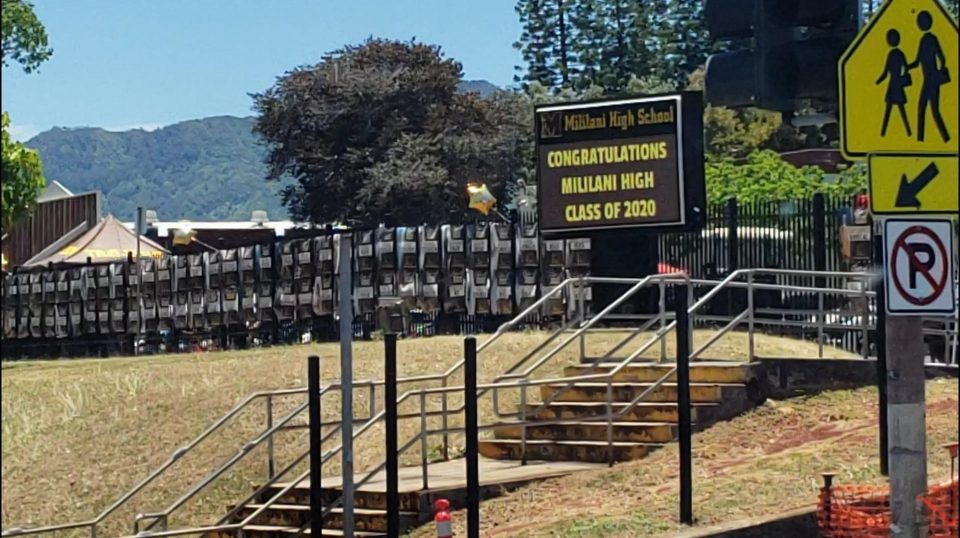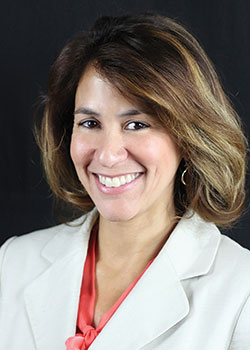
By Alfred Acenas
EBC Hawaii Bureau
HONOLULU (Eagle News) – The Hawaii State Department of Education (HIDOE) released on Thursday, July 2, its “Return to Learn: School Reopening Plan” that public schools are using to prepare safe and healthy learning environments and worksites for the upcoming 2020-2021 school year.
“As we move forward in our commitment to reopen schools on August 4 for the fall semester, we know that the delivery of instruction in Hawaii, across the nation, and globally is going to look very different,” Superintendent Dr. Christina Kishimoto said. “Our HIDOE ʻohana has been diligently working on plans for the new school year, growing from our experience navigating a global pandemic and applying lessons learned toward our commitment to high-quality learning and equity of access.”

HIDOE has also committed to maintaining the standard 180 instructional days in the new school year while providing learning models that are developmentally appropriate to the needs of learners, adhere to health and safety guidelines, and consider the impact of COVID-19 in communities.
As part of the reopening plan, HIDOE school leaders have created elementary, middle/intermediate, and high school models for reopening in the fall. Schools will be informing families about their selected models.
These models will include face-to-face learning, where all students are on campus daily for instruction, and various blended learning models, where a combination of in-person learning and structured online distance learning is provided. For example, Mililani High School in Central Oahu has announced that it is most likely 50% of students will be on campus at a time so as to effectively enforce social distancing guidelines.
Priority for daily face-to-face learning shall be given to K-12 and vulnerable students, according to HIDOE.
In addition, schools statewide are anticipating the possibility of future closures by increasing device accessibility to students, thereby building teacher capacity for virtual engagement, and expanding course offerings for credits toward graduation.
The department has acknowledged there may be situations when parents may prefer virtual-only learning. The Department’s E-School program is available in providing courses for students in grades 6-12. HIDOE is also exploring a K-5 virtual solution, in which the parent commits to a homeschooling option for the length specified in order for the child to earn credit.
The Department has been working closely with public health officials to develop guidelines around health and safety measures as part of the reopening plan.
In consultation with the Hawaii State Teachers Association (HSTA) representing school staff and using recommendations from the State Department of Health (DOH), HIDOE has created baseline guidance for schools that include the following:
1. Cohorts: For on-campus learning, the same group of students should be kept with the same staff throughout the day; all day for younger students and as much as possible for older students.
2. Physical distancing: A distance of six feet (two meters) between students and staff members should be maintained whenever possible.
3. Face coverings: Face coverings should be worn by employees, students and visitors, especially when physical distancing is difficult or impossible.
4. Meals: Individually plated meals are to be consumed in classrooms or at designated outdoor locations, or distancing precautions must be instituted in cafeterias.
5. Ventilation: Windows should be opened for greater natural air circulation when possible.
6. Monitoring health: Employees, students and visitors should be screened for overt signs of illness in a safe and respectful manner.
7. Hygiene: Adequate cleaning supplies, including soap, disinfecting wipes and hand sanitizer will be made available to schools and offices.
8. Sanitation: Campuses, classrooms and offices will be cleaned and disinfected on a routine and frequent basis. High-touch surfaces will be cleaned and disinfected at least daily.
9. School buses: Students, drivers and anyone else riding the bus should wear face coverings, and physical distance should be maintained between children on buses.
As the situation relative to the pandemic evolves and as new guidance becomes available, HIDOE will adjust as necessary to uphold its commitment to providing a safe learning and working environment.
(Eagle News Service)
